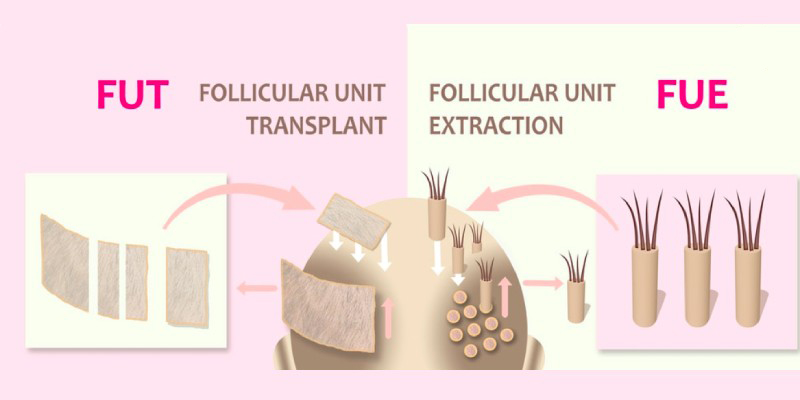What is Hair Transplant?
A hair transplant is a surgical procedure where hair follicles are moved from one part of the body (usually the back or sides of the scalp, called the “donor area”) to a bald or thinning area (the “recipient area”).
These grafts are then relocating to a bald or thinning area of the scalp. The grafts created in this manner differ in size and shape. Round-shaped punch grafts usually contain about 10-15 hairs. The much smaller mini-graft contains about two to four hairs; and the micro-graft, one to two hairs. Slit grafts, which are inserted into slits created in the scalp, contain about four to 10 hairs each; strip grafts are long and thin and contain 30-40 hairs.
There are many reasons you might lose your hair. Sometimes hair loss is temporary, but it can be permanent. Hair implants may help with permanent hair loss caused by:
- Alopecia areata, an autoimmune disease that attacks hair follicles.
- Androgenic alopecia, or pattern baldness.
- Thyroid diseases or hormonal imbalances.
- Traumatic injuries or burns.
Types of Hair Transplant Procedures
FUE (Follicular Unit Extraction)
Individual follicles are extracted directly from the donor area.
No strip removal; less invasive.
Pros: No visible scar, faster recovery.
Cons: More time-consuming and may need multiple sessions.
FUT (Follicular Unit Transplantation)
- A strip of scalp is removed from the donor area.
- The strip is dissected into individual follicular units.
- Grafts are implanted into the bald areas.
Pros: More grafts in one session.
Cons: Leaves a linear scar.

What are the risks of hair transplant surgery?
As with any surgery, a hair transplant comes with risks. These include:
- Allergic reaction to anesthesia.
- Excessive blood loss.
- Failed grafts or flaps.
- Infection.
- Loss of feeling on your scalp.
- Scarring.
Why choose KEMPS Clinic for Hair Transplant:
- We make sure that while implanting the dermal papilla (Root of the hair) is left completely untouched. This ensures a better and stronger hair growth.
- Our hair transplant clinic is the Most advance Hair Transplant Clinic in Delhi/NCR
- KEMPS clinic is a Cost effective, safe & result oriented Clinic for Hair transplant in Ghaziabad.
